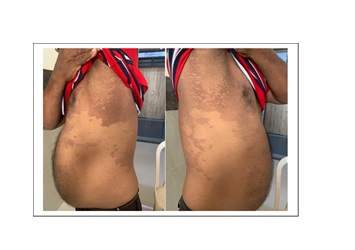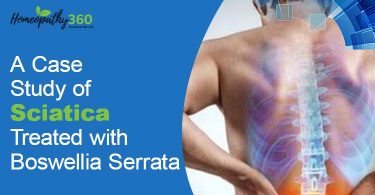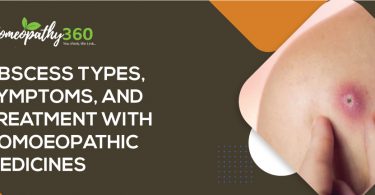
Introduction:
Pityriasis Versicolar is one of the most common fungal infections of skin which result in hyper pigmented or hypo pigmented patches. This fungus mainly seen in warm and humid environments. It is having higher prevalence rate in tropical countries. It can be found commonly in adolescent age group probably due to increased sebum production, where lipid rich environment helps fungus to grow. The condition is mostly asymptomatic or mildly pruritic. As our master says, it is the king of anti-psoric. Its action is centrifugal-from within outward-having an elective affinity for the skin, where it produces heat and burning, with itching; made worse by heat of bed. Inertia and relaxation of fiber; hence feebleness of tone characterizes its symptoms.
The most characteristic features of skin are Dry, scaly, unhealthy; every little injury suppurates. Freckles. Itching, burning; worse scratching and washing. Pimply eruption, pustules, rhagades, hang-nails. Excoriation, especially in folds (Lyc). Feeling of a band around bones. Skin affections after local medication. Pruritus, especially from warmth, is evening, often recurs in spring-time, in damp weather.
Here in this article let us see how effective it is in treatment of Pityriasis versicolar.
Case Study:
Name: Mr A
Sex : Male
Age: 52
Marital Status: Married
Address:
Date of Case Taking: 01-04-2022
CHIEF COMPLAINT
Patient presented with a complaint of blackish discoloration all over the body for 10 months
HISTORY OF CHIEF COMPLAINT
Patient was apparently well before 10 months. Gradually he started with blackish discoloration in the arms and trunk. It progressed gradually all over the body. There is also itching which is presented occasionally. The complaints are more on sweating. Patient is a K/C/o HTN and DM
PAST HISTORY
Nothing significant
PERSONAL HISTORY
Diet: Mixed
Appetite: Good
Thirst: Good
Bowel Habits: 1t/d
Bladder Habits: 3-4t/d
Sleep: Good
EXAMINATION
O/E: Blackish discoloration on arms, Trunk, Back
DIAGNOSIS
PITYRIASIS VERSIOCOLAR
- Hyper pigmented patches
- Itching
- More on scratching
Images before treatment:

PRESCRIPTION
1.Sulphur 200
12 PKTS, 1-0-0
Rhus tox 30 (SOS when Required) & Echinacea Q / 2 weeks
FIRST FOLLOW UP, 22/04/22
Blackish discoloration decreased
No new complaints
Sulphur 200 12 PKTS, 1-0-0
2 weeks
Rhus tox 30 (SOS when Required) & Echinacea Q
SECOND FOLLOW UP, 06/05/22
Itching and Discoloration decreased
No new complaints
1.Sulphur 0
12 PKTS, 1-0-0 2 weeks
Rhus tox 30 (SOS when Required) & Echinacea Q
Images after treatment:

CONCLUSION
Patient presented with complaint of blackish discoloration all over the body and was diagnosed as Pityriasis Versicolar. Sulphur, Rhus Tox and Echinacea are prescribed. After 2 follow ups, patient was better by 60% with his discoloration. Thus, it shows that Homoeopathic medicines when selected on the basis of antimastic aspect as well as the symptom similarities it helps the patient to improve the quality of life as it has done in this case of Pityriasis Versicolar.
Reference:
1.Sarkar B.K. Hahnemann’s Organon of Medicine. 6th edn. Kolkata: M. Bhattacharya & Co. Private Ltd; 1980. 72-90, 211 p.
2.Hahnemann S. Organon of Medicine. 6th edn. New Delhi, India: B.jain Publishers; reprint 2008. 33 p.
3.Kent, J., 1985. Lectures on homœopathic materia medica. New Delhi: Jain Pub. 33 p.
4. William Boericke; Pocket Manual of Homoeopathic Materia Medica With Indian Medicine & Repertory;9th edition; page-417-418
About Author:
Dr Skandhan. S. Kumar, BHMS MD Organon of Medicine (Gold Medalist), Assistant professor department of organon of medicine and philosophy, Father Muller Homoeopathic Medical College.
Dr Goutham K S PG scholar Part 1(2020-21 batch) department of organon of medicine and philosophy, Father Muller Homoeopathic Medical College.





